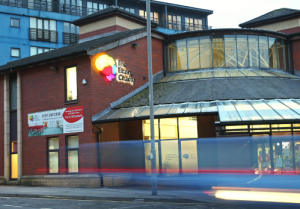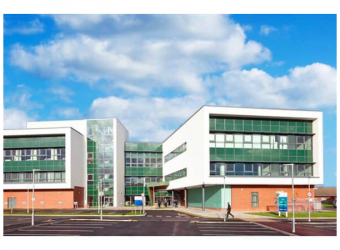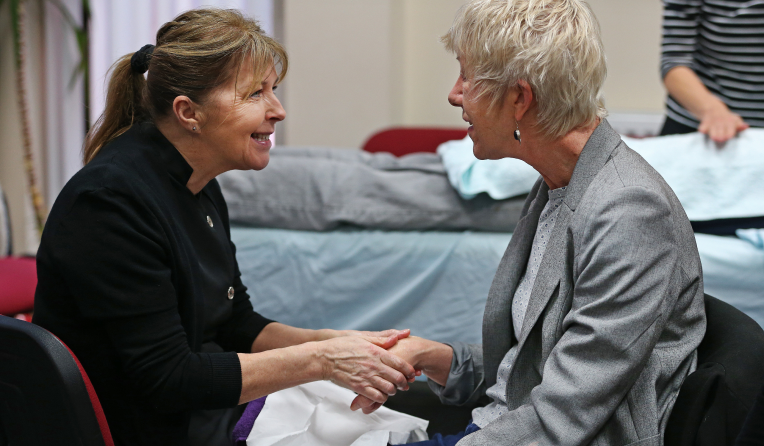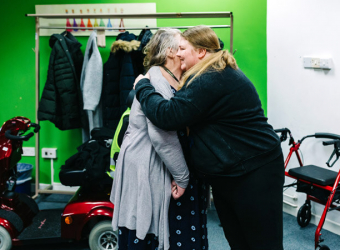What is bacterial meningitis?
Bacterial meningitis is an infection of the meninges which are protective membranes that surround the brain and spinal cord. It is caused by bacteria and there are different types:
- Meningococcal meningitis – This is the most common type of bacterial meningitis and is most likely to occur in babies, preschool children and young people. It is caused by meningococcal bacteria which live naturally in the back of the nose and throat.
- Pneumococcal meningitis – This is the second most common type of bacterial meningitis. It is caused by pneumococcal bacteria which many people carry in the back of their nose and throat.
- Hib meningitis – This is a rare type of bacterial meningitis which is also known as haemophilus influenzae type B meningitis and mainly affects young children. It is caused by hib bacteria which live temporarily in the back of the nose and throat.
- GBS meningitis – This is the most common type of bacterial meningitis in newborn babies and is also known as group B streptococcal meningitis. It is caused by streptococcus agalactiae bacteria which usually live in the bowels and vagina and sometimes in the back of the nose and throat.
- GAS meningitis – This is a rare type of bacterial meningitis and is also known as group A streptococcal meningitis. It is caused by group A streptococcal bacteria which is usually found on the surface of the skin and inside the throat.
- E.Coli meningitis – This is a type of bacterial meningitis that is most common in newborn or very young babies. In the majority of cases it is caused by E.coli K1 bacteria.
- Listeria meningitis – This is a type of bacterial meningitis that usually affects babies, elderly people and those with weakened immune systems. It is caused by Listeria bacteria.
- Salmonella meningitis – This is a type of bacterial meningitis that is most common in newborn babies. It is caused by Salmonella bacteria.
What causes bacterial meningitis?
Bacterial meningitis is caused by bacteria spreading to and infecting the meninges which contain a liquid called cerebrospinal fluid. This protects the brain from physical damage.
The bacteria is able to multiply in the cerebrospinal fluid and releases poisons which causes inflammation in the meninges and the brain tissue.
The resulting pressure on the brain leads to the symptoms of meningitis.
What are the symptoms of bacterial meningitis?
The symptoms of meningitis can differ depending on the age of the person affected. Common signs and symptoms for all children and adults include:
- A fever with cold hands and feet
- Being sick
- Drowsy and difficult to wake
- Confusion and irritability
- Severe muscle pain
- A rash that does not fade when a glass is rolled over it
- A severe headache
- A stiff neck
- Sensitivity to bright lights
- Seizures.
Babies and toddlers may also experience the above signs and symptom in addition to:
- Refusing food
- A dislike of being handled
- Rapid breathing
- An unusual cry
- The soft spot on their head (the fontanelle) being tense or bulging.


















